Electrocaloric Coefficient, Electrocaloric Effect, and Electrocaloric Coolers
What Is The Electrocaloric Effect?
The electrocaloric effect is a phenomenon in which the change in temperature of a material occurs due to an applied electric field. The effect shows thermal activity by absorbing or releasing heat because of the change in polarization conditions under the action of an external electric field. The electrocaloric effect is related but different to a well-known thermocaloric effect, including the thermoelectric or thermophoretic effects, which refer to temperature variation because of thermal gradients or magnetic fields. However, the electrocaloric effect refers directly to temperature manipulation by electric fields; thus, this may offer a promising alternative approach to conventional refrigeration and cooling systems.
For materials with a strong electrocaloric effect, a change in the applied electric field either raises or lowers the temperature of the material, depending on the direction of the electric field applied. The extent of this effect is described by the electrocaloric coefficient, representing the temperature change per unit change in electric field.
Electrocaloric Coefficient
The electrocaloric coefficient is a quantity that measures the magnitude of the electrocaloric effect in a material, and it is defined as the temperature change ( Δ T ) of a material per unit applied electric field ( Δ E ):
Electrocaloric Coefficient = ΔT/ΔE
It is also advisable to know how many people will take part in your research or experiment.
The higher the electrocaloric coefficient, the larger the temperature change produced in the material by an applied electric field. Since such materials would serve more effectively in cooling applications, the coefficient is usually expressed in units such as Kelvin per Volt.
Materials that show high electrocaloric coefficients are of great interest due to their potential utilisation in solid-state cooling devices, one of the technologies that might replace traditional refrigerants and compressors in conventional cooling systems. Of particular promise for energy-efficient cooling is the electrocaloric effect, which can realise energy-efficient cooling without gases or chemical coolants that are injurious to health.
Electrocaloric Effect and Materials
The electrocaloric effect has been observed in a wide variety of materials, including but not limited to ferroelectric and antiferroelectric materials that show strong electric polarisation, which can be modulated by the application of an electric field. Such materials, when exposed to an electric field, can change their internal structure or dipolar orientation, causing a rise in temperature.
Some materials known to exhibit the electrocaloric effect include:
• Lead zirconate titanate: PZT is a widely studied and investigated ferroelectrical material; it exhibits a significant electrocaloric response and has been tested in laboratory cooling applications.
• Poly(vinylidene fluoride) (PVDF) is a polymeric material possessing piezoelectric and electrocaloric properties and is also presented for application in flexible electrocaloric devices.
• Barium titanate (BaTiO₃): This traditional ferroelectric material has a great polarisation response, hence promising in electrocaloric cooling.
• Strontium bismuth tantalate: With its very high electrocaloric coefficient, it is considered one of the most promising materials for developing efficient cooling.
These materials are extensively researched for their electrocaloric properties; nevertheless, new compounds and composites are under continuous investigation in an attempt to enhance performance, stability, and energy efficiency.
Electrocaloric Coolers: The Future of Solid-State Cooling
Electrocaloric coolers are a class of devices that exploit the electrocaloric effect to cool either an environment or an object. While most traditional refrigeration systems function based on a principle involving the compression and expansion of gases with the use of mechanical compressors, electrocaloric coolers generate their cooling by applying and removing electric fields. Being able to cool materials without refrigerants opens up a wide array of possibilities in everything from electronics and medical devices to sustainable energy systems.
Working Principle of Electrocaloric Coolers
The basic building block of an electrocaloric cooler is usually a material with a particularly strong electrocaloric effect. The general working principle of an electrocaloric cooler includes the following stages:
1. Application of Electric Field: The application of an electric field to the electrocaloric material changes its polarisation, which involves the release or absorption of heat and consequently changes its temperature based on the direction of the applied field.
2. Thermal Exchange: Next, the object or space that has to be cooled is brought into thermal contact with the electrocaloric material. Once the electric field is applied, it absorbs heat from the object and releases the heat into the environment.
3. The material, by reversing the electric field, is brought back to its original temperature, thus completing the cycle for continuous cooling.
Applications of Electrocaloric Coolers
Electrocaloric coolers are highly desirable in many areas of application because they enable compact, efficient, and ecological cooling. Among the potential applications are:
• Electronics Cooling: There is an emerging need for more powerful yet smaller-sized electronic devices. In this respect, effective cooling solutions will be needed. Electrocaloric coolers offer a solid-state solution with the possibility of integration directly into an electronic circuit without bulky refrigeration units or even fans.
• Medical Devices: Medical devices in cryogenic applications, storage of drugs, or surgical equipment involve precise temperature control, where electrocaloric coolers can provide a compact and efficient alternative to the conventional methods used for cooling.
• Portable Refrigeration: Electrocaloric cooling devices can be used in portable refrigeration applications such as coolers for camping or travelling that would not depend upon chemical refrigerants.
• Sustainable Energy Systems: Electrocaloric coolers have the capability to provide energy-efficient cooling in solar power systems or for energy storage systems to maintain optimal temperature conditions and therefore high performance of energy storage devices such as batteries.
Electrocaloric Effect and Sustainability
The electrocaloric effect, being an environmentally-friendly way of cooling, is able to make considerable contributions to sustainable cooling. Most of the standard refrigeration methodologies are based on hazardous chemical refrigerants like CFCs and HFCs, which have several disadvantages to the ecosystem, including ozone depletion and global warming. In contrast, an electrocaloric cooler operates independent of such chemical refrigerants, thus offering an eco-friendly and energy-efficient alternative.
Another critical consequence of this is that electrocaloric materials might also be more energy-efficient than conventional systems. Because there are no mechanical parts, such as compressors involved in the process, systems utilising the electrocaloric effect may work at very low energy consumption, thus reducing carbon footprints from industrial and commercial cooling.
Conclusion
The electrocaloric effect can transform cooling technologies by providing a more energy-efficient, environmentally-friendly, and compact alternative to traditional refrigeration. This could make the technology important in everything from consumer electronics to medical devices and sustainable energy systems as research continues into finding new materials and enhancing electrocaloric coolers. The significant steps toward a sustainable and energy-efficient future have been made, with many more to come, enabled by the utilisation of the electrocaloric effect. For more information, please check Stanford Advanced Materials (SAM).
Frequently Asked Questions
1. What is the electrocaloric effect?
It refers to the temperature change of a material in response to the application of an electric field. Consequently, this process can be used for cooling applications without traditional refrigerants or mechanical parts.
2. How is the electrocaloric coefficient measured?
The electrocaloric coefficient can be measured using an electric field applied to the material and recording the resultant temperature change. It is conventionally expressed in units of Kelvin per Volt, K/V, reflecting the change in temperature for unit change in electric field.
3. What are some materials that can have an electrocaloric effect?
Research efforts usually focus on materials like lead zirconate titanate (PZT), barium titanate (BaTiO₃), and poly(vinylidene fluoride) (PVDF) due to their excellent electrocaloric properties, among which a quite high temperature change is observed under an applied electric field in the course of electrocaloric cooling.
4. What advantages do electrocaloric coolers have over traditional refrigeration?
These electrocaloric coolers can be more energy-efficient, operate without the use of chemical refrigerants that may be harmful, and have no moving parts; therefore, they are more compact and reliable. They can also offer better integration into electronic devices and other compact systems.
5. Are electrocaloric coolers commercially available?
While still in the research and development phase, electrocaloric coolers are under active development for specific applications, mainly electronics and medical devices. Applications will grow with increasing improvement in materials and technologies.

 Bars
Bars
 Beads & Spheres
Beads & Spheres
 Bolts & Nuts
Bolts & Nuts
 Crucibles
Crucibles
 Discs
Discs
 Fibers & Fabrics
Fibers & Fabrics
 Films
Films
 Flake
Flake
 Foams
Foams
 Foil
Foil
 Granules
Granules
 Honeycombs
Honeycombs
 Ink
Ink
 Laminate
Laminate
 Lumps
Lumps
 Meshes
Meshes
 Metallised Film
Metallised Film
 Plate
Plate
 Powders
Powders
 Rod
Rod
 Sheets
Sheets
 Single Crystals
Single Crystals
 Sputtering Target
Sputtering Target
 Tubes
Tubes
 Washer
Washer
 Wires
Wires
 Converters & Calculators
Converters & Calculators
 Write for Us
Write for Us
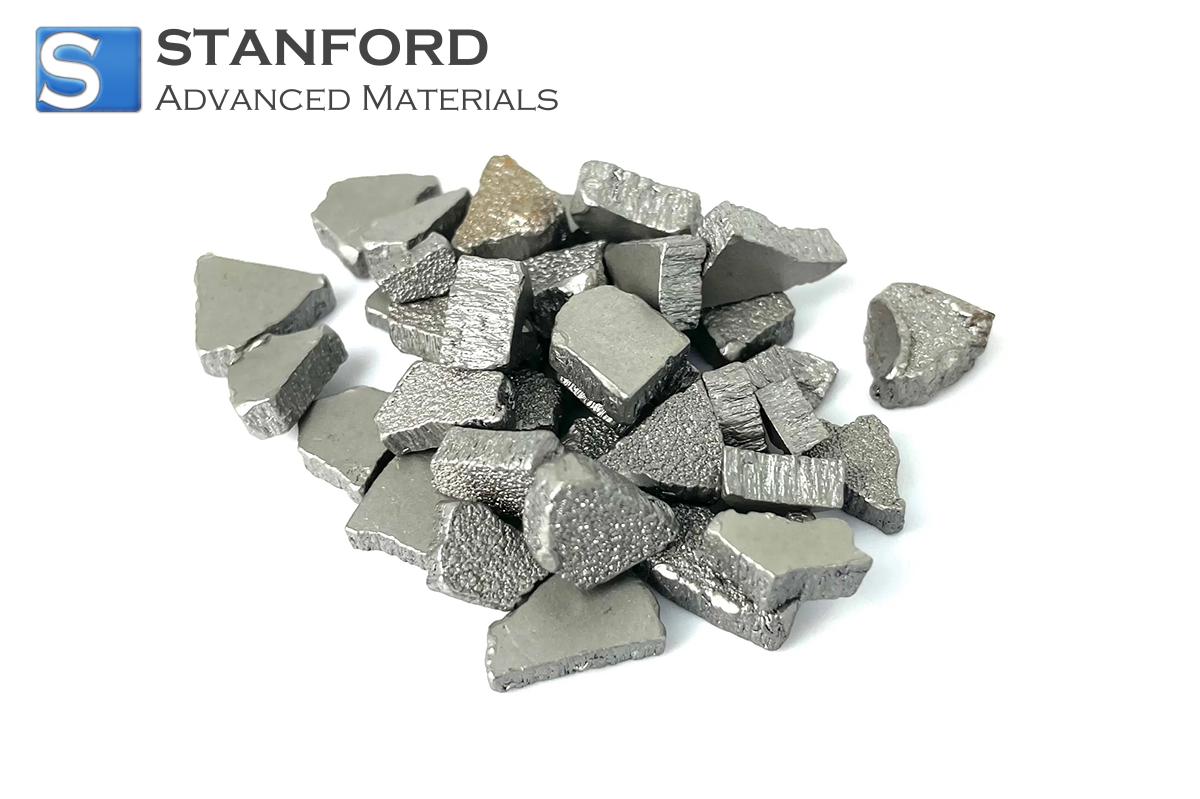
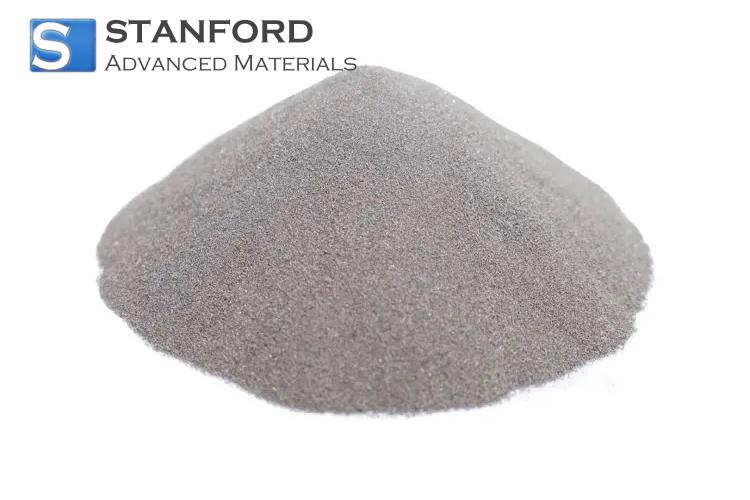
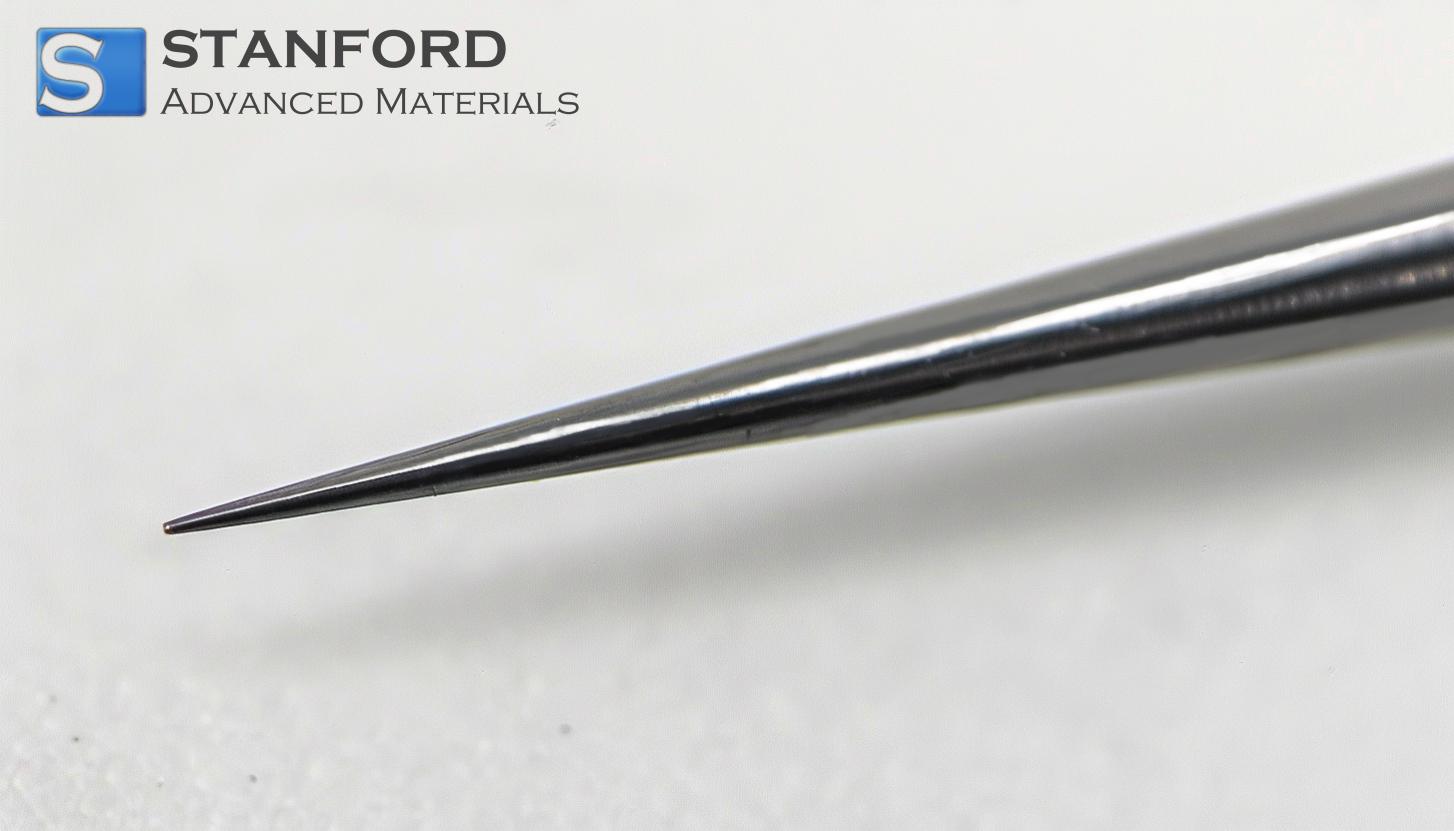
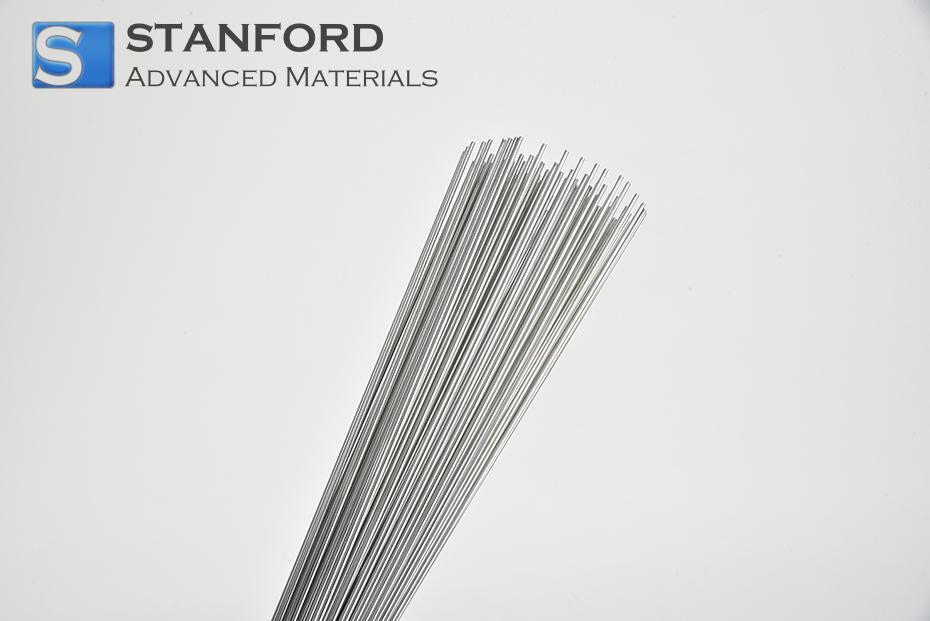
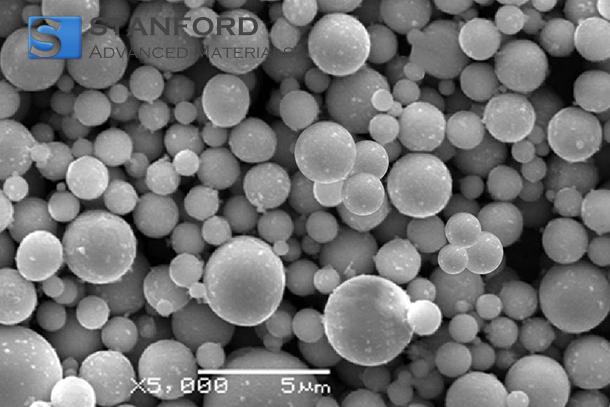
 Chin Trento
Chin Trento



